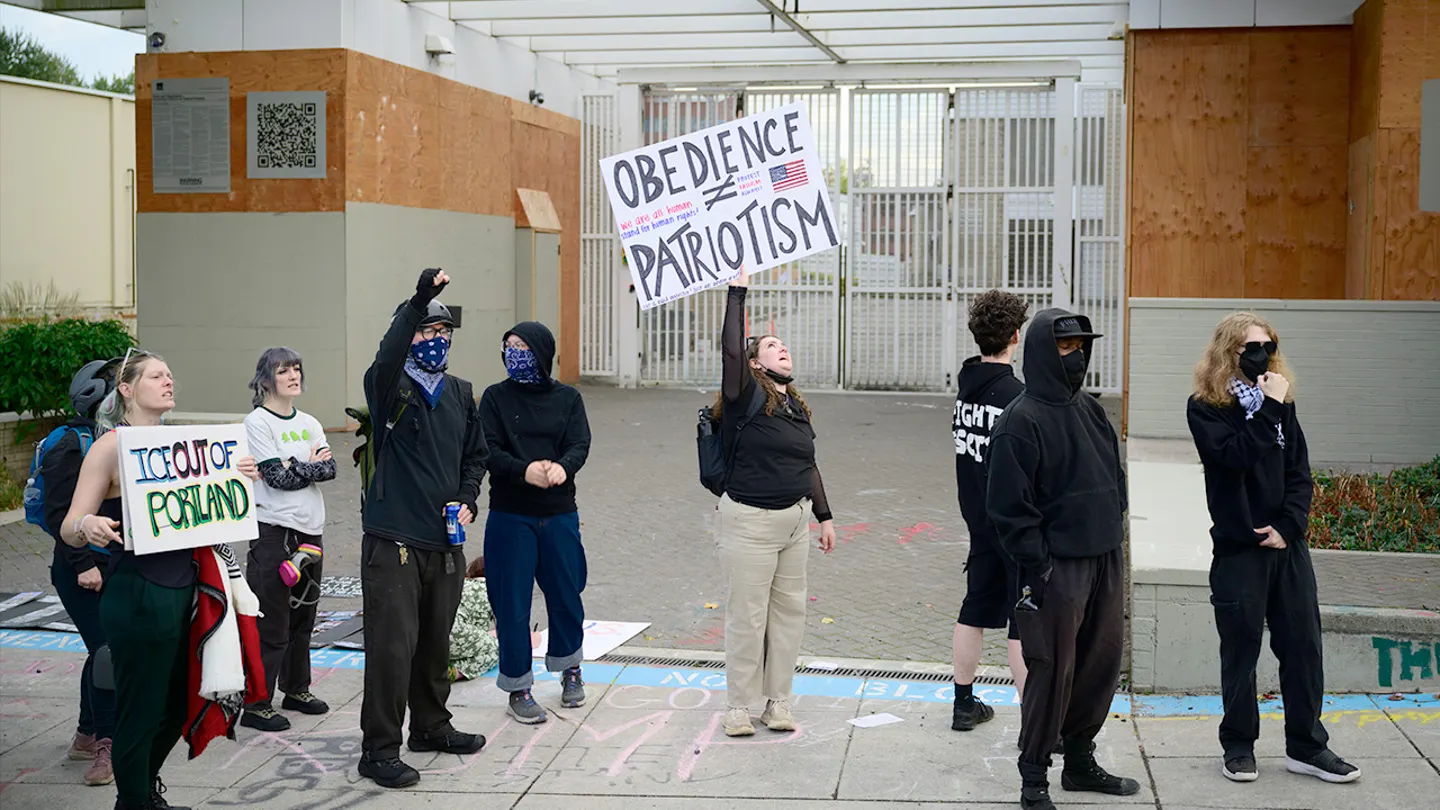PORTLAND, Ore. – Portland City Council member Angelita Morillo is facing scrutiny this week after releasing a video advising protesters on how to avoid surveillance by federal agents and immigration officers.
In a nearly three-minute video posted to her Facebook account, Morillo suggested residents use burner phones, encrypted messaging apps, and anti-surveillance measures in response to President Donald Trump’s deployment of National Guard troops to Portland to secure U.S. Immigration and Customs Enforcement (ICE) facilities.
“Your Phone Is a Tracker”
Morillo warned viewers that smartphones could act as tools for surveillance.
Also Read
“Your phone? You should consider this a tracker and a listening device at all times,” Morillo said in the video. “With your phone, they can track your location. They can see who you met with. If you happen to organize with a bunch of different people and you all took the bus to the same secure location, guess what? They have a pattern of who you organize with, who you talk to, and how long and why.”
She urged protesters to purchase Faraday cages—signal-blocking pouches—disable fingerprint and facial recognition features, and rely on longer PIN codes to secure devices.
Advice on Burner Phones and Encryption
For frequent protesters, Morillo went further, recommending the purchase of burner phones in cash to reduce traceability.
“If you’re going to regularly protest, I also highly recommend going to your local grocery store and buying a burner phone in cash, and using encrypted apps like Signal to communicate with people, and having disappearing messages on,” she said.
Encrypted messaging apps like Signal are already popular among activists for their end-to-end encryption and ability to automatically delete communications after a set time.
Warning on Facial Recognition
Morillo also raised alarms about facial recognition technology, which has increasingly been used by federal agencies. She cited the case of Robert Jacob Hoopes, accused of injuring an ICE officer earlier this year, who was tracked using the technology.
“There are facial recognition technology devices that are used at most federal buildings,” Morillo said. “Most people think that they can beat that by covering their faces, but if you just cover the lower half, guess what? You have left your eyes and eyebrows, which are the most identifiable parts of you.”
Protests Already Underway
Federal agents began arriving in Portland over the weekend, with clashes already reported outside an ICE facility. The deployment follows ongoing demonstrations at the site, which has been a flashpoint of protest activity in the city for months.
Photographs from September 28 show protesters gathered outside the building holding signs, underscoring how the protests have continued to grow despite the presence of federal officers.
Final Appeal to Protesters
Morillo concluded her message by urging protesters to take additional precautions when attending demonstrations.
“Go with people you trust. Don’t go alone. And have someone outside as ‘jail support’ in case things go wrong,” she advised.
She framed the guidance as essential to keeping protesters safe and organized.
“I believe that we will win, but we have to be smarter, and we have to be better organized than our opposition because they have every tool available to them, and we do not,” Morillo said.
Political Context
The video comes as the Portland City Council considers expanding its sanctuary city policies to further restrict cooperation with ICE. Morillo and several colleagues have pushed for stronger protections, arguing that federal immigration enforcement erodes community trust and targets vulnerable residents.
However, critics see her comments as encouraging confrontation. Fox News Digital reported on the video and reached out to the council for comment, though no formal response has yet been issued.
Meanwhile, recent polling has shown that a majority of Portland residents are dissatisfied with the city’s progressive leadership, citing concerns about safety, homelessness, and public order. The deployment of federal troops has only intensified those debates.
A Divided City
For Portland, the clash over surveillance, civil liberties, and federal presence reflects deeper divisions in how leaders and residents envision the city’s future. While protesters continue to gather outside federal facilities, city leaders like Morillo are openly advising them on how to resist surveillance.
Her message highlights the tense environment in Portland: a city where federal agents, state officials, and local activists remain locked in conflict over the limits of authority, the right to protest, and the reach of surveillance technology.












